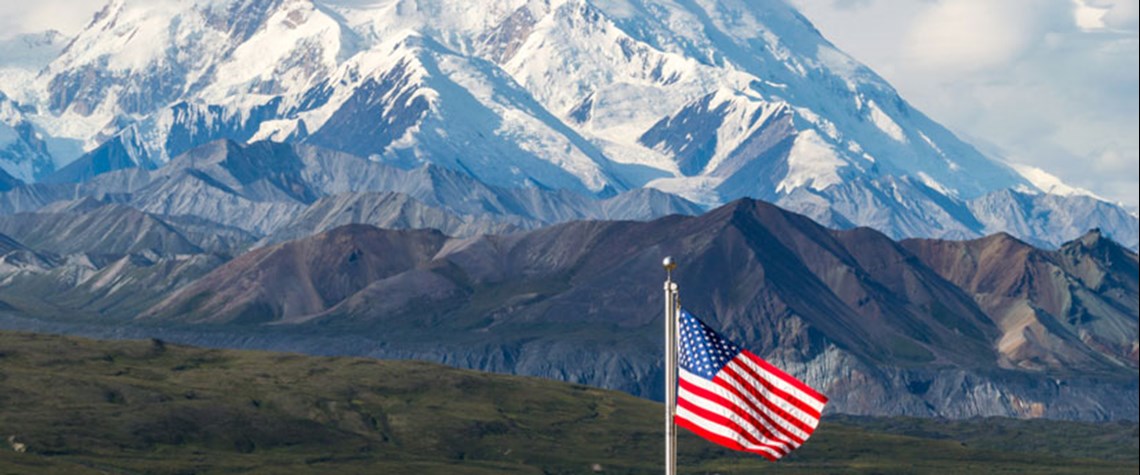Alaska labours to change direction
Near-term output is expected to wane despite political backing for the Willow project
Alaska’s oil sector is struggling to reverse its steadily declining output. The state’s oil production fell to an average of 448,000bl/d in 2020, its lowest level in more than 40 years, according to the EIA. While the Covid-19 pandemic was a factor in this, the declining trend had been clear long before. Producers in Alaska remain confident in the state’s oil and gas potential, but there are various obstacles to realising it. And while some of these could be addressed, others may be more terminal. Like many other regions where oil development can be costly and challenging, Alaska has struggled to compete for investment with shale plays in the Lower 48 states. Crude prices have been strengthe

Also in this section
5 December 2025
Mistaken assumptions around an oil bull run that never happened are a warning over the talk of a supply glut
4 December 2025
Time is running out for Lukoil and Rosneft to divest international assets that will be mostly rendered useless to them when the US sanctions deadline arrives in mid-December
3 December 2025
Aramco’s pursuit of $30b in US gas partnerships marks a strategic pivot. The US gains capital and certainty; Saudi Arabia gains access, flexibility and a new export future
2 December 2025
The interplay between OPEC+, China and the US will define oil markets throughout 2026







